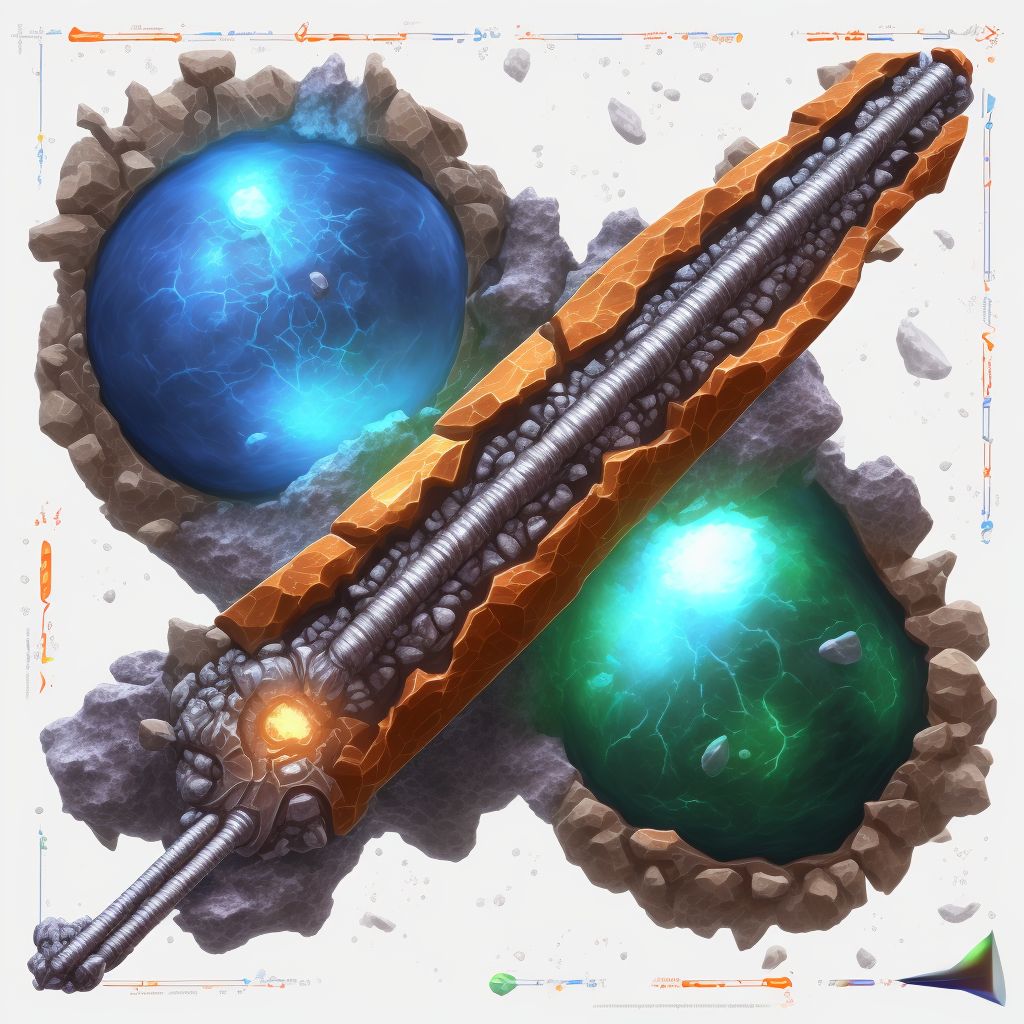
Displaced transverse fracture of shaft of left tibia, sequela Save
ICD-10 code: S82.222S
Disease category: S82.222: Displaced transverse fracture of shaft of left tibia
Displaced Transverse Fracture of Shaft of Left Tibia, Sequela
A displaced transverse fracture of the shaft of the left tibia is a severe injury that can have long-term effects on an individual's mobility and overall quality of life. This type of fracture occurs when the tibia, or shinbone, breaks horizontally across its shaft, resulting in a misalignment of the bone fragments.
When left untreated or inadequately treated, this fracture can lead to a sequela, which refers to the long-term consequences or complications that arise as a result of the initial injury. These sequela can include impaired walking ability, chronic pain, limited range of motion, and potential joint problems.
It is crucial to understand that a sequela is not a direct consequence of the fracture itself, but rather a complication that arises due to inadequate healing or improper management of the initial injury. Therefore, seeking appropriate medical attention and following a comprehensive treatment plan is essential to minimize the risk of sequela.
Proper diagnosis and assessment of the fracture are crucial in determining the most suitable treatment approach. Medical professionals may utilize various imaging techniques such as X-rays, CT scans, or MRI scans to evaluate the extent of the fracture and identify any associated complications.
- Immobilization: In most cases, a displaced transverse fracture of the shaft of the left tibia requires immobilization to promote proper bone healing. This can involve the use of a cast, brace, or external fixation device.
- Physical therapy: Once the initial healing has taken place, physical therapy may be recommended to restore strength, flexibility, and mobility to the affected leg. Physical therapists can guide patients through exercises and rehabilitation techniques tailored to their specific needs.
- Monitoring and follow-up: Regular monitoring and follow-up appointments with healthcare professionals are important to ensure that the fracture is healing correctly and to address any potential complications promptly.
It is important to note that treatment options may vary depending on the severity of the fracture and individual factors. Therefore, consulting with a qualified healthcare professional is crucial to receive personalized advice and develop an appropriate treatment plan.
In conclusion, a displaced transverse fracture of the shaft of the left tibia can lead to sequela if not properly managed. Seeking prompt medical attention, adhering to a comprehensive treatment plan, and following up with healthcare professionals are essential to minimize the risk of long-term complications. By taking proactive steps, individuals can increase their chances of successful healing and regain their mobility.
Treatment of Displaced transverse fracture of shaft of left tibia, sequela:
Treatment Options for Displaced Transverse Fracture of Shaft of Left Tibia, Sequela
A displaced transverse fracture of the shaft of the left tibia can be a severe injury that requires immediate medical attention. After the initial fracture, some patients may develop complications or long-term effects, known as sequelae. This article will outline the various treatment options availa...
To see full information about treatment please Sign up or Log in